Hezekiah’s Tunnel, also known as the Siloam Tunnel, is a magnificent feat of engineering and archaeology hidden beneath the ancient city of Jerusalem, Israel. This extraordinary structure stands as a testament to human ingenuity and resilience in antiquity. Let’s explore ancient architectural works that few people know about with archeology.dulichvn.net.
1. History and Purpose of Hezekiah’s Tunnel
Constructed between 701 and 681 BC during King Hezekiah’s reign, the tunnel played a vital role both strategically and functionally for the city.
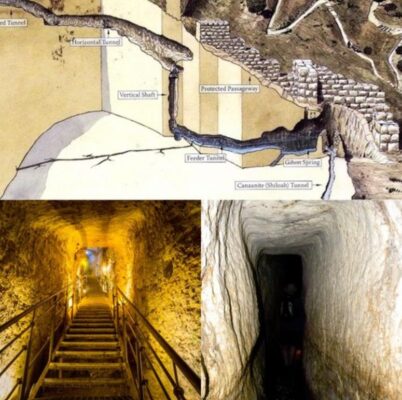
1.1. Historical Context
At the time, Jerusalem faced a looming threat from the Assyrian army. To protect the city’s water supply, King Hezekiah ordered the construction of the tunnel to redirect water from the Gihon Spring, located outside the city walls, to the Pool of Siloam within the fortified area.
1.2. Primary Purpose of the Tunnel
The tunnel was designed to ensure a steady water supply for the city’s residents, even during a siege. This strategic solution reflected the king’s foresight and the city’s resourcefulness.
1.3. Strategic Significance
In addition to serving the community, the tunnel prevented enemy forces from accessing the city’s water source, strengthening Jerusalem’s defenses.
2. Unique Construction and Design
The construction of Hezekiah’s Tunnel is a remarkable example of ancient craftsmanship and engineering prowess.
2.1. Scale and Length
Stretching 533 meters (1,749 feet) through solid rock, the tunnel’s scale and complexity make it one of the most impressive engineering achievements of its time.
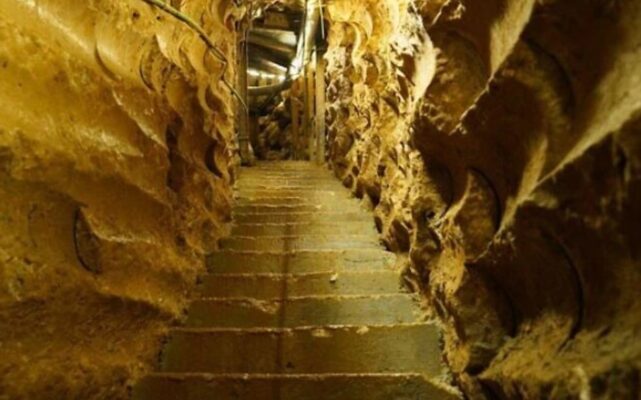
2.2. Construction Method
Two teams of workers began digging from opposite ends of the tunnel and met with astonishing precision at the center, showcasing their extraordinary skills and understanding of measurements.
2.3. Archaeological Discoveries
Inscriptions inside the tunnel, particularly at the meeting point of the two teams, provide invaluable insights into its construction process and the coordination involved.
3. Exploring Hezekiah’s Tunnel Today
Today, Hezekiah’s Tunnel is a must-visit destination for history and archaeology enthusiasts.
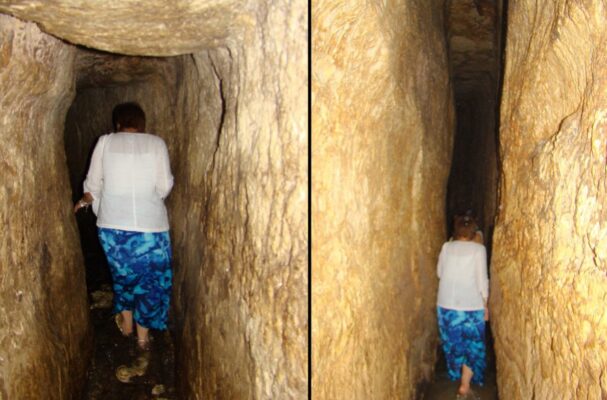
3.1. A Mysterious Pathway
Visitors can walk through the tunnel’s narrow, winding passage, where varying heights and widths add to its mysterious charm.
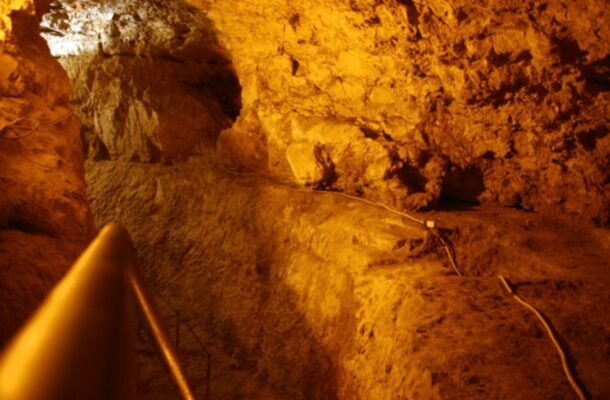
3.2. Archaeological Significance
Artifacts and inscriptions found within the tunnel shed light on ancient Jerusalem’s life and the engineering brilliance of its people.
3.3. Long-Lasting Historical Value
More than just an ancient site, the tunnel symbolizes the resilience and innovation of its era, drawing thousands of visitors each year.
Conclusion
Hezekiah’s Tunnel is not just a masterpiece of ancient engineering but a testament to the ingenuity and determination of Jerusalem’s people. It offers a captivating glimpse into history, making it a must-see landmark for anyone seeking to explore the mysteries of the ancient world.

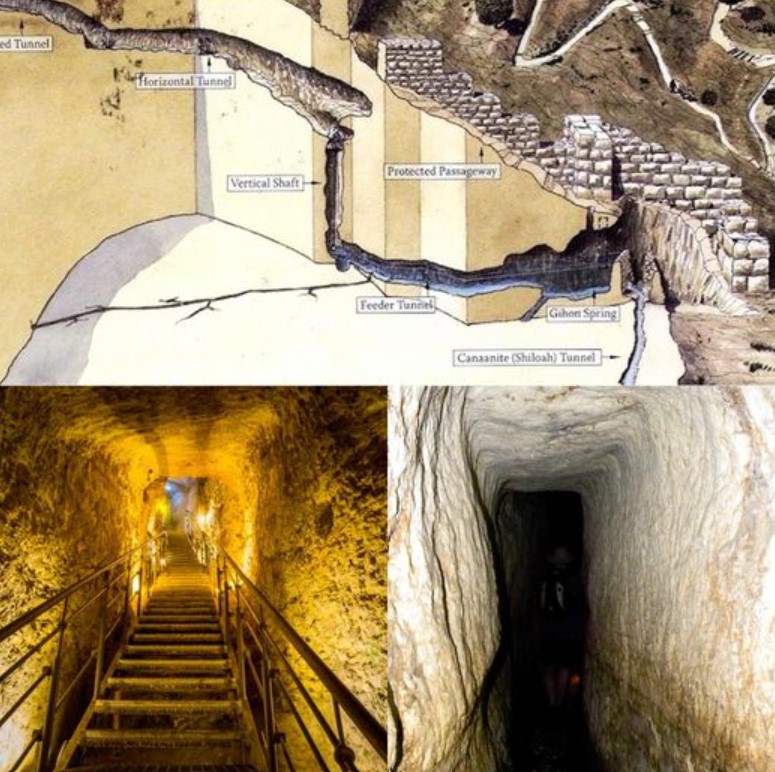
CÁC TIN KHÁC
Mark Twain & Olivia Langdon: A 36-Year Love Story Filled with Laughter and Devotion
The Tollund Man: A 2,400-Year-Old Mystery Preserved in a Danish Bog
Skara Brae: Scotland’s Hidden Neolithic Village
Porta Nigra: The Hidden Depths of Trier’s Iconic Roman Gate